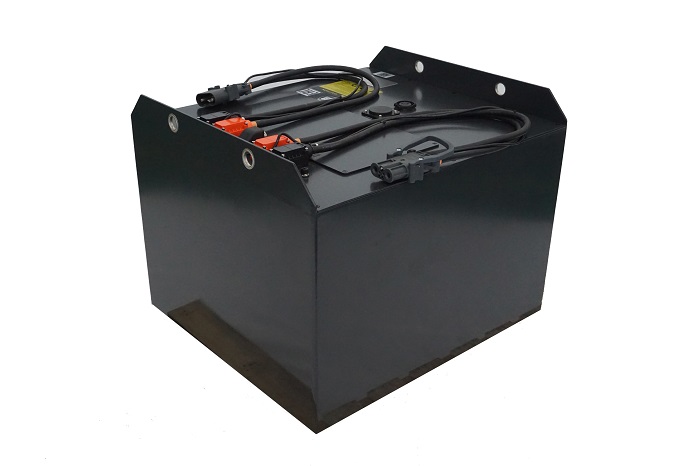Call us: (86)13486437703
BSL Battery has released what it believes is the world’s first “self-protection” forklift lithium battery system with a built-in aerosol fire extinguisher providing a three second fire extinguishing reaction.
Haley Ning, operations and sales director with BSL Battery tells an aerosol fire extinguishing agent is directly embedded in the battery module of the system which is instantly triggered in the event of a thermal runaway.
Ning says forklift lithium battery fire extinguishing devices are particularly useful in high-risk applications where there is a risk of collisions, overcharging and at central charging points for forklifts.
Ning goes on to explain new energy fire extinguishing devices are divided into two categories according to their starting methods: electric start and hot start.
“BSL forklift lithium batteries use hot start,” Ning adds. “With our new system, even when the battery function fails, the fire extinguishing device can still take fire extinguishing actions based on the temperature information collected by itself.
“When a fire occurs in the protected space, the host of the fire extinguishing device system immediately gives a start signal to start the product for spraying.
“After the device is started, a large amount of gas is instantly generated, spraying the fire extinguishing agent into the protected space.”
BSL says the battery system is compatible with most elective forklifts.

